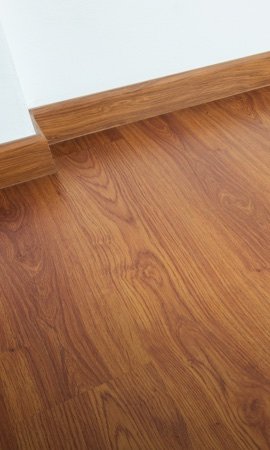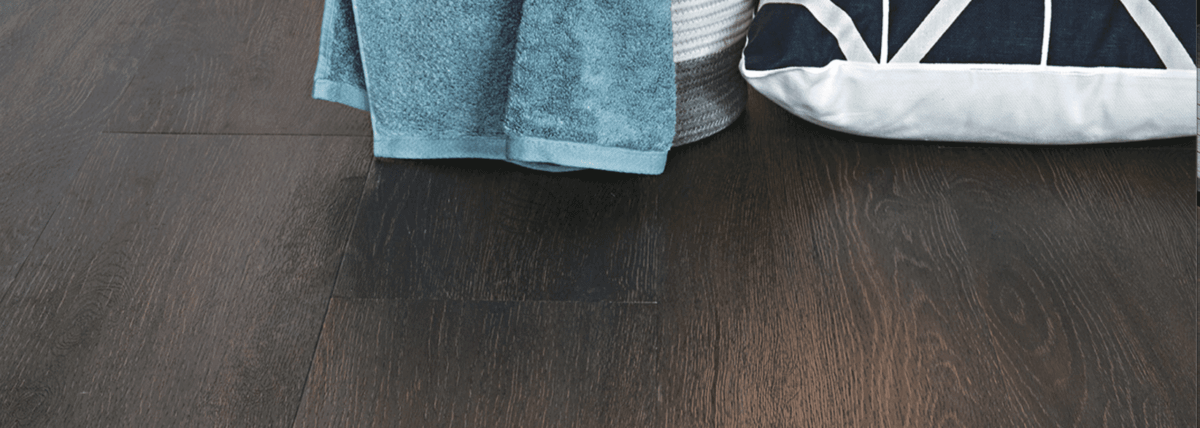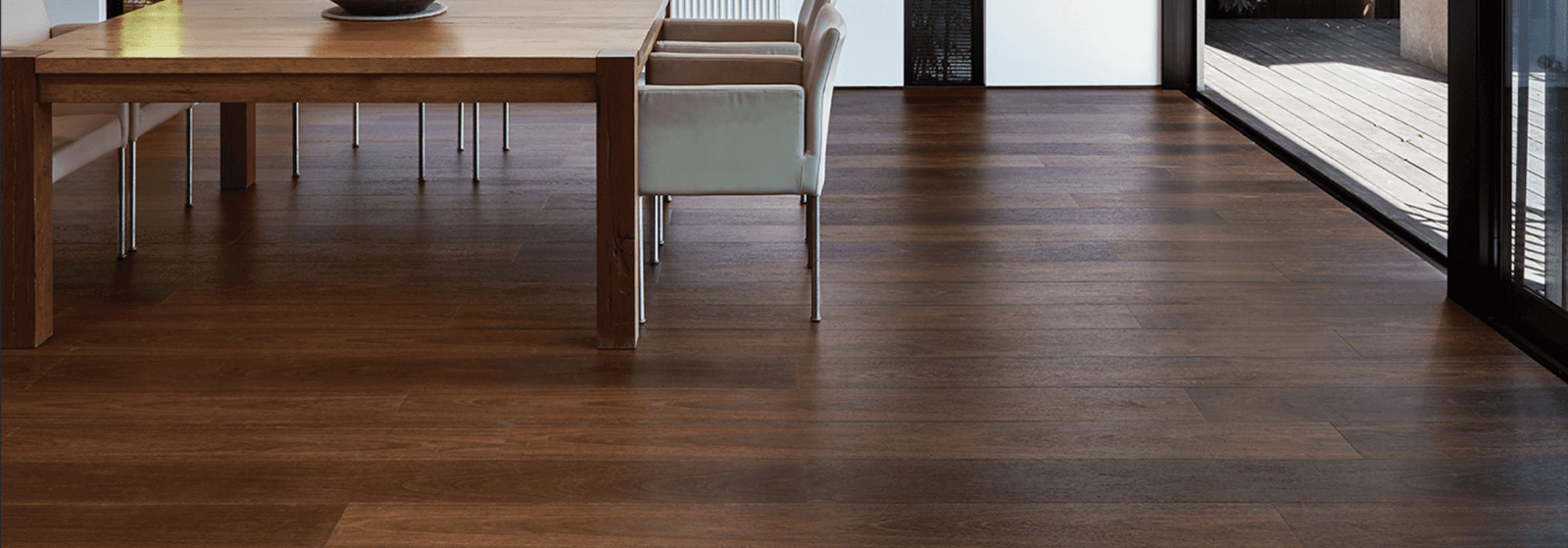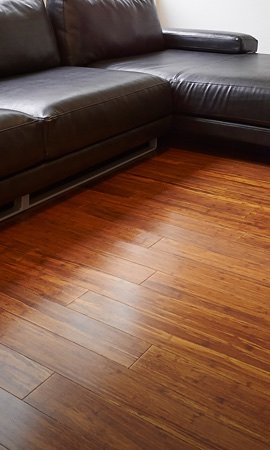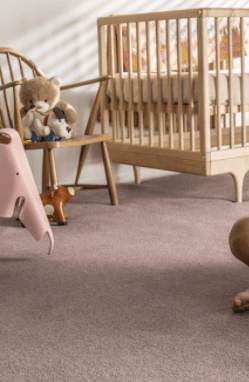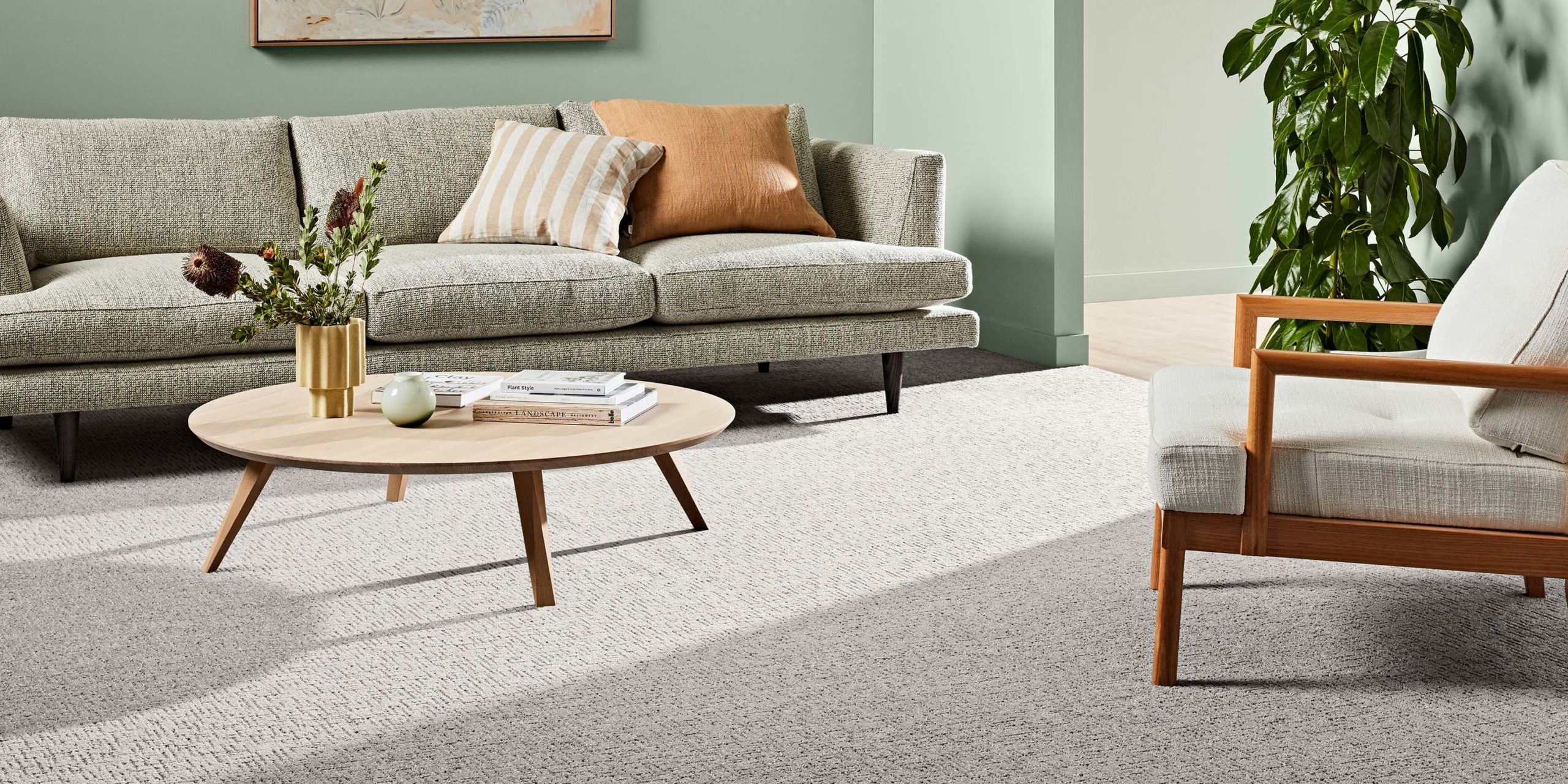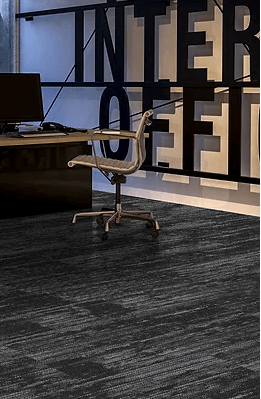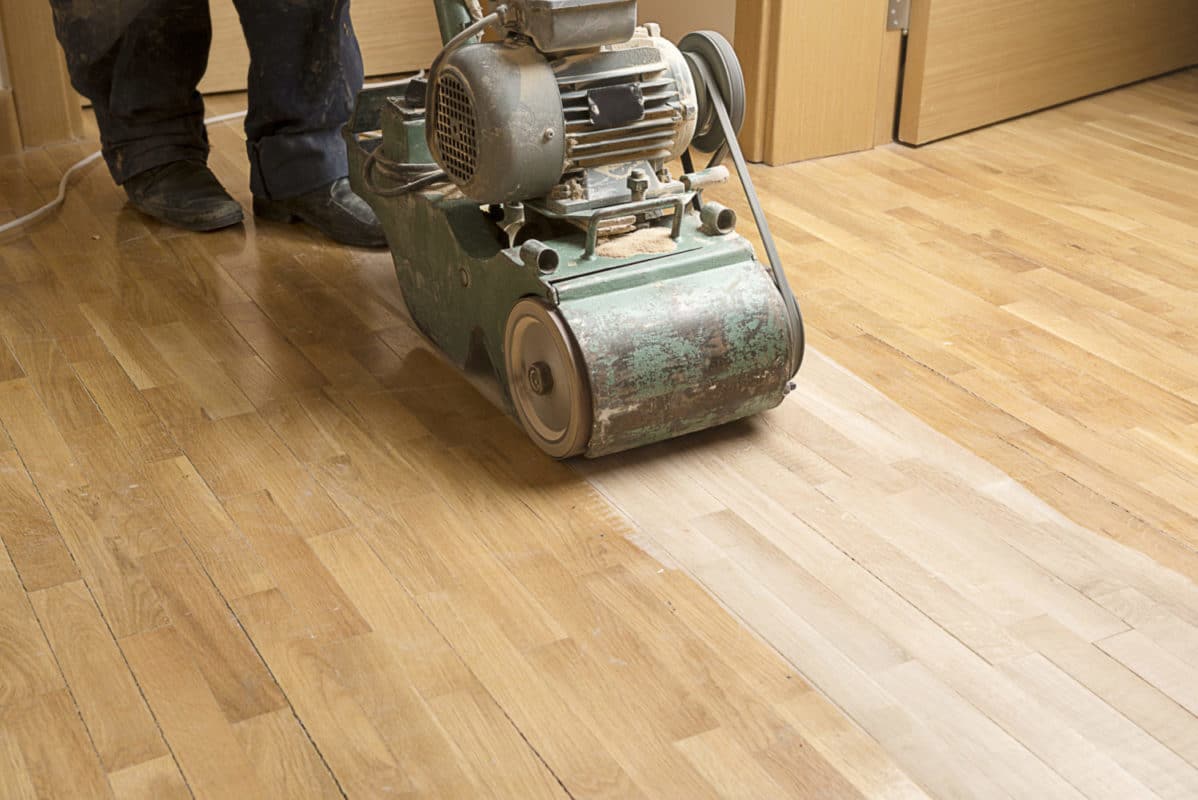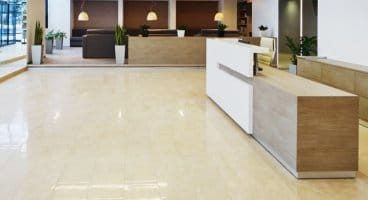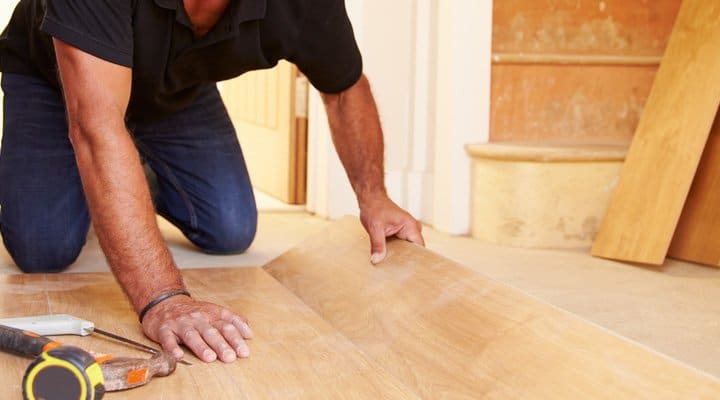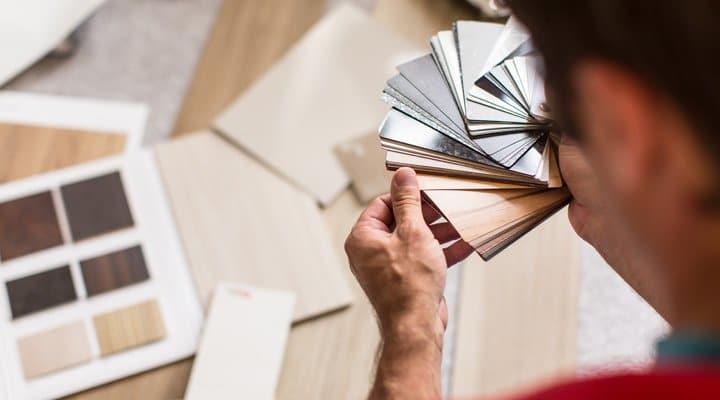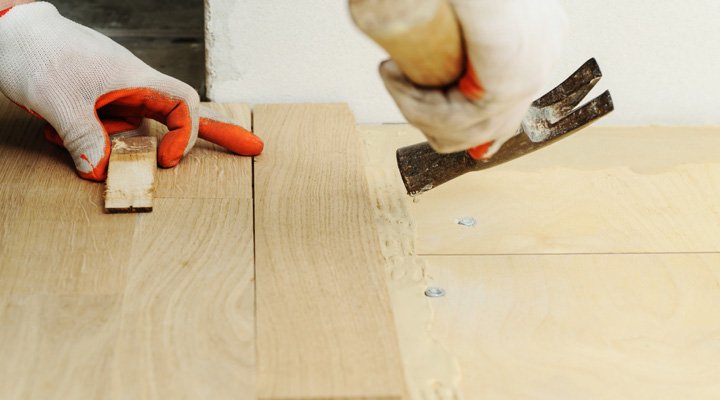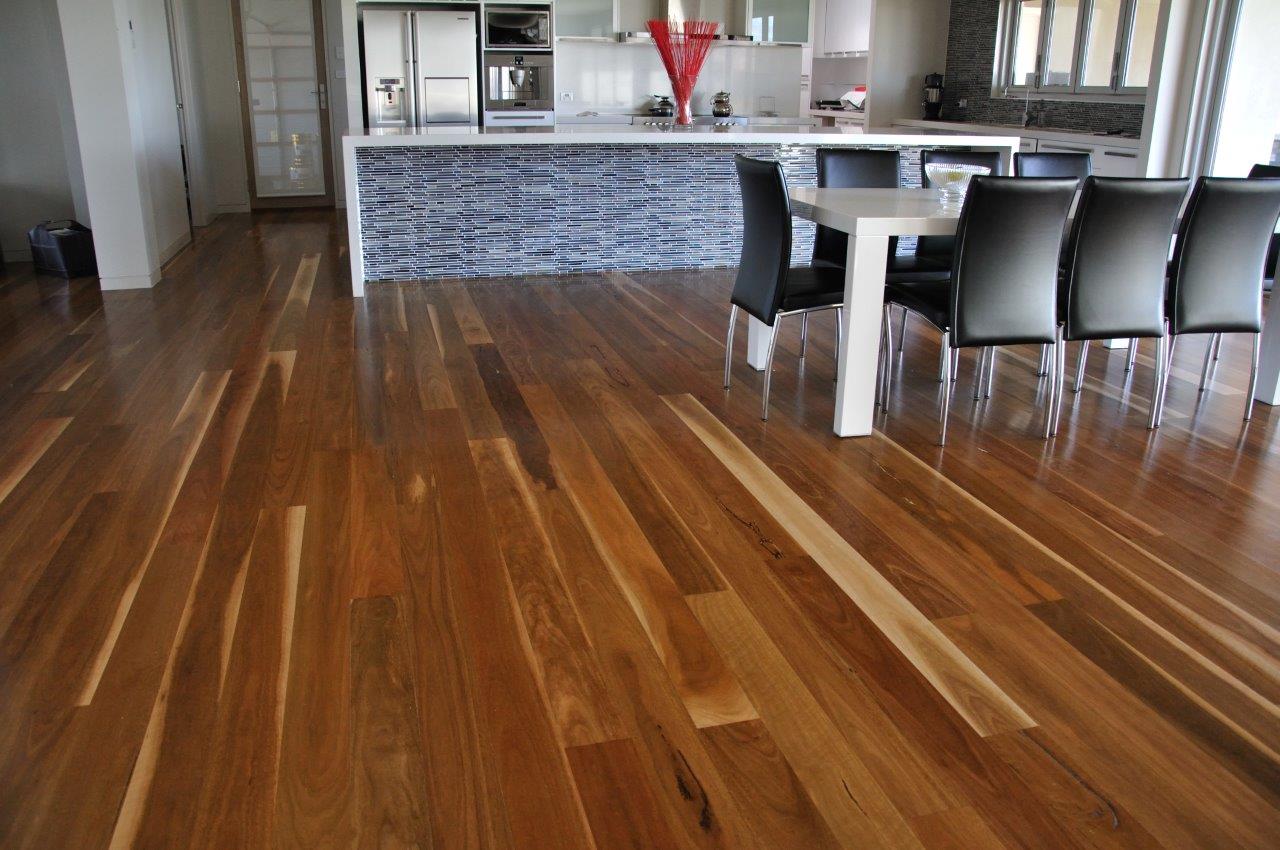

14 Aug Spotted Gum Flooring – Buyers Guide
A popular native flooring choice, spotted gum (Corymbia maculata) is a hardwood species grown in the open coastal forests stretching from south-east Queensland through New South Wales into Victoria.
Due to its many benefits, spotted gum timber is used in a myriad of project applications, including decking and fences. However, spotted gum is increasingly becoming a popular choice for flooring. In this article, we’ll take a look at why so many people love spotted gum, and the vast range of ways that you can get the timeless beauty of this species into your home or office.
What is Spotted Gum Flooring?
Spotted gum is fantastic for flooring because it’s hard and durable. It has a Janka rating – used to measure a timber species’ resilience against denting and wear – of 11kN, which is significantly higher than timbers like jarrah (8.5kN) and blackbutt (9.1kN), both of which are also native to Australia. As such, these floors stand up well in high-traffic areas like the living room, especially if you have pets or kids!
Additionally, spotted gum floors are fire, moisture and termite resistant by nature, and have been tested and approved to be used in bushfire-prone areas without the need for additional fire treatment.
As one of Australia’s most sought after flooring timbers, spotted gum floors are extremely versatile. They’re known for being easy to work with, and can be polished, stained, or painted to get an attractive finish that works great in your space.
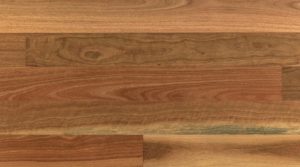

What Colour is Spotted Gum Timber?
Spotted gum flooring can sport diverse natural colour variations, which can help make your space more warm and inviting.
In heartwood timbers – where the board is harvested from the centre of the tree – this timber takes on deeper red-brown hues, while sapwood – where the board comes from the outer parts of the tree – is white to pale straw. You might also find tinges of olive green or red, as well as black gum veins that underscore the beauty of this timber.
NSW spotted gum timber also tends to be a little browner with lighter colours and shades. The higher natural variations in colour is one of its’ defining features compared to other hardwoods.
What Natural Features are there in Spotted Gum Timber?
With its smooth textures and elegant wavy grain, spotted gum is a timeless timber designed by nature that works well with almost any interior.
Hardwood flooring is distinguished into various grades that determine the number of unique natural features – like gum veins and insect trails – that are present in the floor boards. Select grade spotted gum gives you the least variation, followed by standard grade, Australiana grade, and natural grade (also known as feature grade, or high feature grade). While select grade might work better for achieving a clean, modern look, natural grade gives you boards that work well in a rustic ambience.
For the customer, creating the look you want is paramount. Lucky for you, we have another article which explains flooring colour and design!
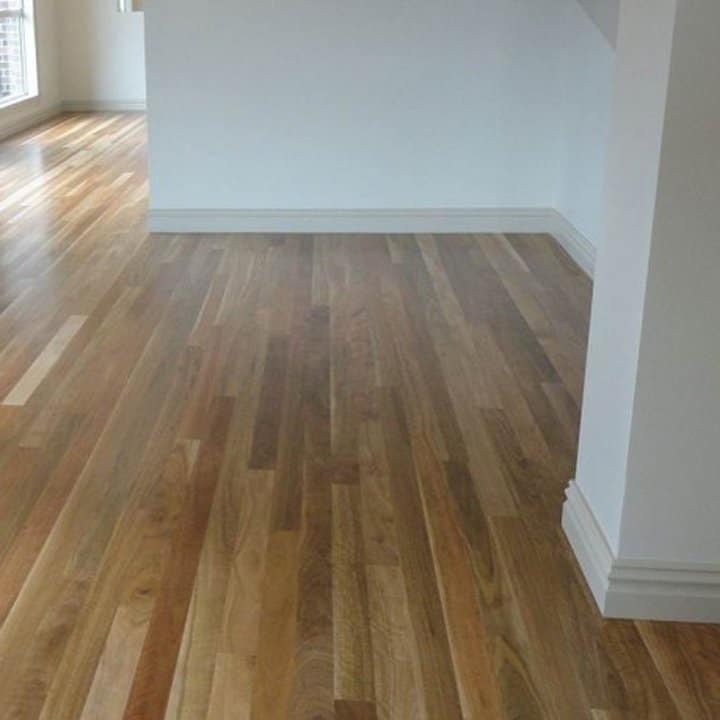

What are your Spotted Gum Flooring Options?
Great – so how can you actually get the look of spotted gum in your home? Here are your flooring varieties:
Spotted Gum Solid Timber Floorboards
Solid timber flooring uses real spotted gum from Australia, with robust floorboards that can withstand the test of time.
While solid timber floors are more costly at the outset (especially if you have many square metres that need to be covered), they can be refinished down the line when they start to look tired, greatly extending lifespan. Furthermore, solid timber ensures that you can get the authentic look of spotted gum, as alternatives such as laminate and hybrid flooring don’t actually use real wood in their construction.
If you’d like to learn more about solid timber flooring and how it compares to engineered timber, check out our detailed article about these flooring product comparison.
Spotted Gum Engineered Timber Flooring
Engineered timber only uses spotted gum in the top layer you actually see, meaning that it’s visually indistinguishable from solid timber once laid.
What’s underneath the spotted gum, you ask? Well, the real timber layer is bonded to a thick plywood core during manufacturing, giving engineered timber floor boards increased stability against heat and moisture.
In fact, FloorVenue’s HydroPro Engineered Flooring series gives you the natural look of spotted gum whilst being virtually water impervious – something solid timber floors can never match! Nevertheless, the thinner layer of spotted gum timber means that you won’t be able to refinish engineered timber floors as many times as solid timber, although they’ll still last a lifetime.
If you’re interested in learning more about engineered timber floors, our engineered timber guide is a great starting point.
Spotted Gum Laminate and Hybrid Flooring
Laminate floors don’t use any spotted gum timber in their construction, but can still give you the fantastic look of spotted gum at an affordable price! They use advanced colour printing and texturing techniques to essentially replicate an image of spotted gum onto an HDF particleboard substrate. Hybrid floors instead use a thick vinyl core layer, allowing them to be as waterproof as tiles.
Like the sound of these lower-cost flooring products? You can learn more about laminate here, hybrid flooring here, and a comparison between the two here.
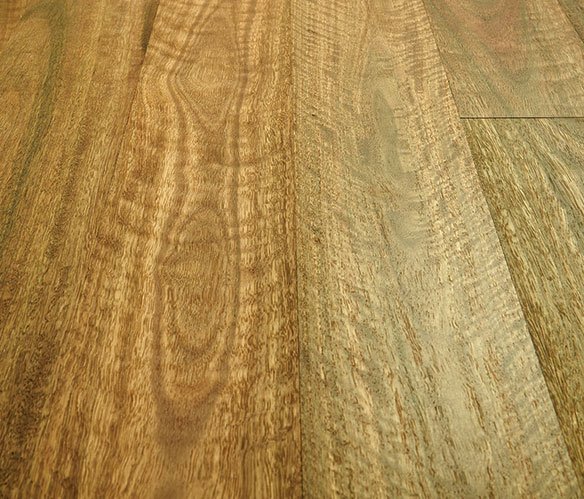

How do you install Spotted Gum Flooring?
Installing Solid Spotted Gum Timber Flooring
All solid timber floors and engineered floors thicker than 15mm require installation directly onto the joists of your home, or by gluing or nailing the floorboards directly onto the floor underneath. As installation is more involved, it will generally attract a higher price and take longer than installing floating floor designs. However, installing in this way will yield floors that feel and sound more solid underfoot.
Installing Floating Spotted Gum Timber Flooring
Engineered timber less than 15mm thick, laminate and hybrid floors are floating floors. They do what their name suggests; that is, lay above your existing floor without the need for glue or nails. Instead, floating floorboards are fastened together using a click-lock mechanism, and friction ensures that your floor doesn’t move around.
Interested in floating flooring? We have an article which explains how they work.
What should I do next?
Interested in spotted gum flooring? FloorVenue has you covered! We have a wide range of this timber (including NSW Spotted Gum and QLD Spotted Gum) in store, so why not come by our showroom, or order samples today?
We can not only give you a free quote, but also provide delivery from our warehouse to your home. When you shop from our store, you also get years of experience and great service, and we won’t rest until we deliver a result that you want.
Don’t waste time – contact us by phone or through the form below today!

